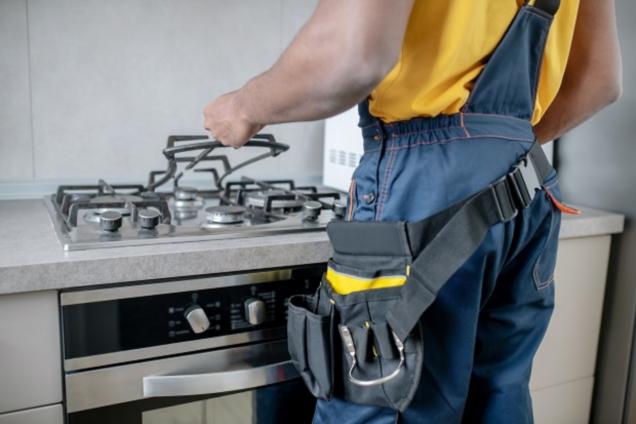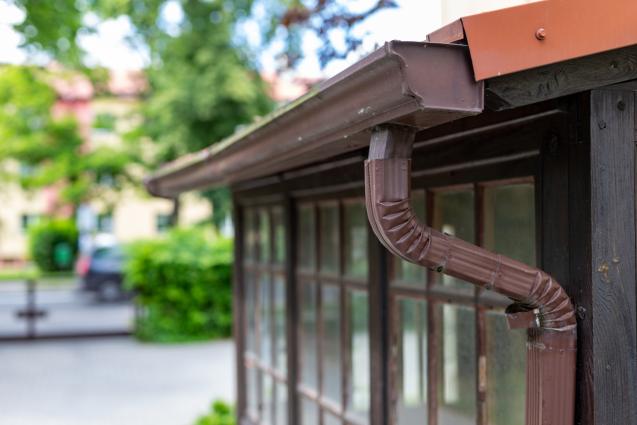
Key Tips for Ensuring Home Gas Safety
Understanding Common Gas Safety Hazards
Gas safety hazards in homes can manifest in various forms. Common issues include gas leaks, faulty appliances, and poor ventilation. Statistics indicate that gas-related incidents in Australia are more frequent than many would assume, with numerous cases of residential fires and carbon monoxide poisoning reported annually.
Gas leaks are often easy to identify by their characteristic odour. However, not all gas leaks are immediately noticeable. Signs of a gas leak include a hissing sound near gas lines, the smell of rotten eggs, and an unusual increase in gas bills. It's crucial to also be aware of appliances that show signs of malfunction, such as burners that produce yellow flames instead of blue ones, soot accumulation, and pilot lights that frequently extinguish.
Regular gas safety audits are vital in identifying potential risks. Homeowners should consider having licensed professionals conduct these audits to ensure all gas installations and appliances meet safety standards.
Proper Installation and Maintenance of Gas Appliances
The importance of professional installation of gas appliances cannot be overstated. While DIY projects might seem cost-effective, improper installation can lead to severe consequences. Certified gas fitters possess the expertise to install appliances correctly, ensuring they operate efficiently and safely.
Regular maintenance checks are also essential for gas safety. Homeowners should schedule annual servicing for all gas appliances to detect potential problems early. Maintenance should include inspecting gas connections, checking for signs of wear and tear, and ensuring proper ventilation.
Counterfeit gas appliances pose a significant risk, as they may not meet safety regulations. When purchasing gas appliances, it's imperative to buy from reputable suppliers and look for certification marks that guarantee the product's safety. Following the manufacturer’s instructions for installation, operation, and maintenance extends the lifespan of the appliance and reduces the risk of accidents.
Ventilation and Carbon Monoxide Detection
Proper ventilation is a critical component of gas safety that helps prevent the build-up of dangerous gases, including carbon monoxide (CO). Poor ventilation can allow these gases to accumulate, posing serious health risks. Carbon monoxide is particularly hazardous as it is an odourless, colourless gas that can cause severe health issues, and even death, if inhaled in large quantities.
Carbon monoxide poisoning typically occurs when gas appliances are not functioning correctly or are poorly ventilated. Symptoms of CO poisoning include headaches, dizziness, nausea, and confusion. In severe cases, it can lead to unconsciousness and death.
Installing CO detectors in the home is an effective way to monitor and alert occupants to dangerous levels of carbon monoxide. These detectors should be placed near sleeping areas and on every level of the home. Regular testing and maintenance of CO detectors are essential to ensure they are functioning correctly. Batteries should be replaced periodically, and the units should be tested monthly to check their operation.
Emergency Procedures and First Aid for Gas Leaks
Knowing what to do during a gas leak can save lives. If a gas leak is suspected, immediate action is necessary. The first step is to evacuate everyone from the building without using any electrical devices, as this could spark an ignition. Open all windows and doors to ventilate the area while avoiding any open flames or smoking.
It's important to have emergency numbers and contacts readily available. Call the gas company or emergency services from a safe location. Do not re-enter the building until it is deemed safe by professionals.
First aid measures for gas exposure involve moving the exposed person to fresh air as quickly as possible. If they are not breathing or are unconscious, administer CPR and seek medical help immediately. Having an evacuation plan and conducting regular drills ensures that all family members know the steps to take in an emergency, reducing panic and confusion.
Educating Your Family on Gas Safety
Educating all family members on gas safety is vital, especially children. Children should be taught about the dangers of gas and how to identify signs of a leak in an age-appropriate manner. They need to know what to do in an emergency and understand that gas appliances are not toys.
Creating and practising a family safety plan ensures everyone is prepared in case of an emergency. This plan should include the location of gas shut-off valves, emergency contact numbers, and escape routes.
Resources for additional information and training are readily available from organisations such as local fire departments, gas companies, and public health services. These resources provide valuable information on gas safety and can help families stay informed about best practices.
Ongoing education is crucial to keeping everyone safe. Regularly reviewing safety procedures and staying updated on new safety technologies ensures that family members remain aware and vigilant about gas safety in the home.
Conclusion
Gas safety in the home is a matter of utmost importance. By understanding common gas safety hazards, ensuring the proper installation and maintenance of gas appliances, maintaining good ventilation and carbon monoxide detection, knowing emergency procedures and first aid for gas leaks, and educating family members, homeowners can significantly reduce the risks associated with gas usage. Implementing and regularly reviewing these home gas safety tips is essential for fostering a safe living environment. Sharing this knowledge with others can lead to broader awareness and a safer community overall.



